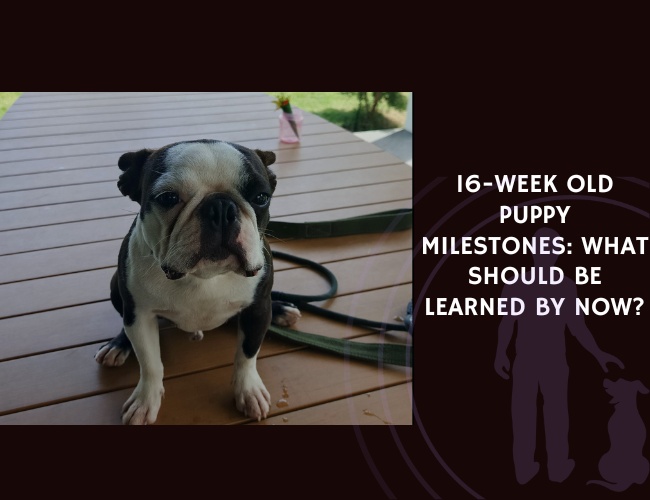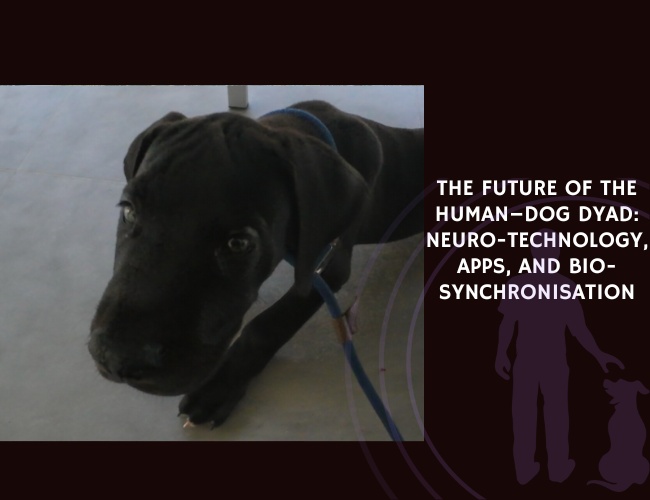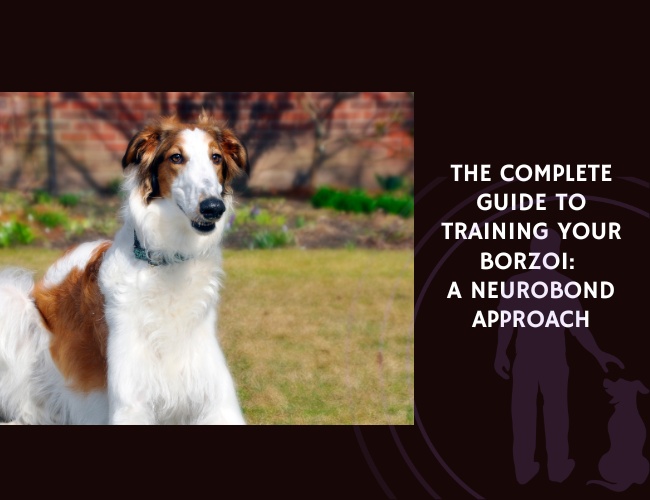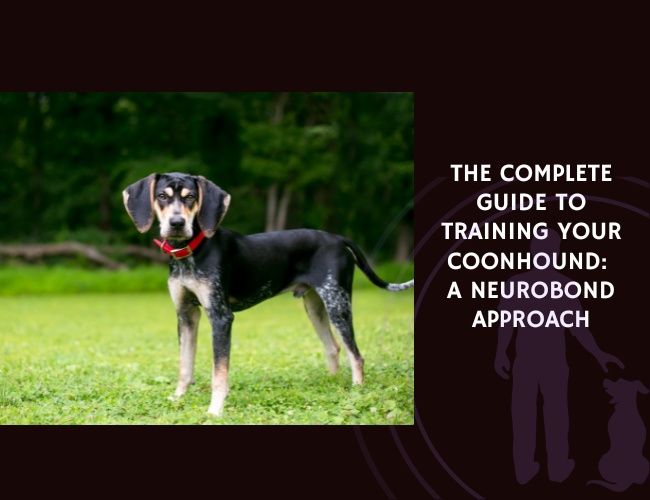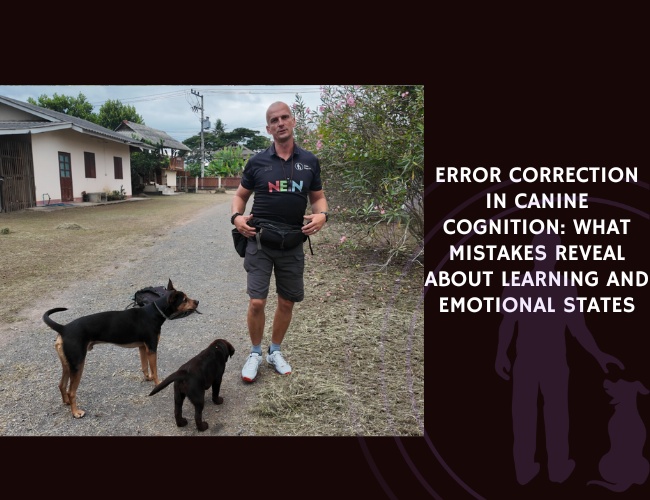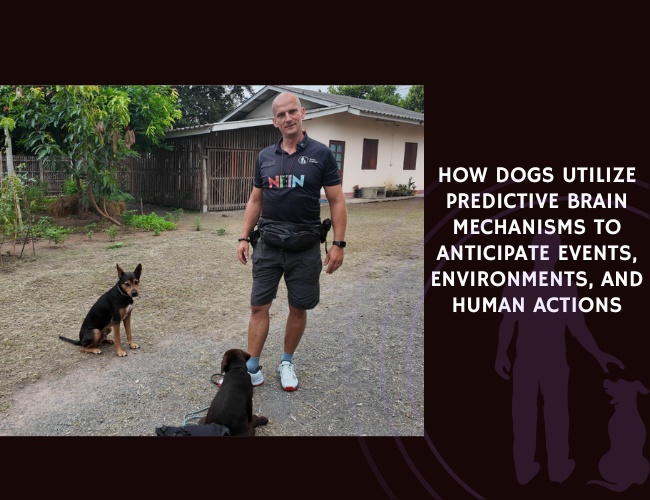Introduction: The 16-Week Milestone
Why This Age Matters
Sixteen weeks is a huge turning point in your puppy’s life. At this age, your puppy stands at the edge of early puppyhood and is just about to step into adolescence. You might notice new sparkles of independence, curiosity, and even a bit of “selective hearing”—don’t worry, this is all part of normal growth! 😊
Puppies at sixteen weeks have just finished their key “critical socialization period.” This is a special window, between about eight and sixteen weeks, where their brains are wide open to new experiences. Here, what they learn and who they meet shapes who they become as adult dogs. Missing out on good experiences during this time can lead to problems like fear, anxiety, or aggression later on. That’s why these early months are so significant for lifelong behavior and confidence.
The Big Benchmarks
Let’s break down what’s happening in your puppy’s mind and body at this age:
- Cognitive Growth: Your puppy’s brain has been busy! It’s going through processes like myelination (helping signals travel faster) and synaptic pruning (fine-tuning brain connections). These make learning easier and their memory much better than just a few weeks ago. They’re able to follow more commands and remember routines for longer.
- Social Smarts: By now, your puppy should have met a variety of dogs, people, places, and things. This allows them to build social skills and adjust well to the world around them. A puppy who’s seen the vacuum, heard the doorbell, and met friendly strangers is more likely to be a confident adult.
- Physical Signs: Steady weight gain, a shiny coat, and visible teething are all normal at this age. Most core vaccines are also finishing up, making it safer for your puppy to explore new places. Eating well now supports brain growth and keeps their energy high for play and learning.
Why Sixteen Weeks Signals a Change
The “critical period” for learning new social rules winds down after sixteen weeks. While your puppy can still learn and grow, their brain is a little less flexible than before. Training and socialization must continue, but you’ll notice that new experiences may take a bit more time to really stick.
Understanding your puppy’s needs right now—social, physical, and cognitive—gives you the tools to help them grow happy and healthy. The next steps will build on this foundation as your puppy starts navigating the exciting, sometimes bumpy, road to adolescence.
Brain Development & Cognitive Changes
Major Neurological Advances at 16 Weeks
At sixteen weeks, puppies are experiencing some fascinating changes inside their brains! During this stage, two key processes are underway—myelination and synaptic pruning. Myelination acts like insulating wires, helping signals travel smoothly and quickly along nerves. This allows your puppy to think and react faster than before. Synaptic pruning, on the other hand, makes the brain work more efficiently by cutting back on connections it does not need. It is almost like decluttering a busy room so only the most useful tools are within reach. This special burst of brain organization sets up your puppy for better focus and learning.
The Critical Socialization Window Closing
One very important thing to realize is what happens as your puppy edges past the “critical socialization window,” usually ending around twelve to sixteen weeks. Up until this point, your puppy’s brain has been extra flexible—a quality called brain plasticity. This plasticity lets them absorb new experiences, sounds, sights, and feelings very easily. After this window closes, their brain is less open to change. They can still learn (good news! 😊), but it might take more patience, consistency, and creativity. Training and socialization do not stop, but you may notice your puppy is not quite as adaptable to totally new things as before.
Improved Memory and Learning Abilities
By sixteen weeks, your puppy is much better at retaining things they have learned. Memory is stronger, and they can remember basic commands or routines from earlier training. This is thanks to their enhanced inhibitory control, which means they can better control impulses, making it easier to listen and respond—even when excited! Puppies at this age often show that they can pick up new commands at a faster pace than even a few weeks ago. However, they still have short attention spans, so short and positive training sessions will lead to the best results.
Puppies are also starting to develop clearer, more individual temperaments. Some may be brave explorers, while others are more cautious. Every puppy’s brain and personality are a bit different, which makes this stage an exciting time for bonding and understanding your new furry friend.
As these incredible brain changes take place, it is important to remember they are part of a much bigger picture—connecting what your puppy learns now with the behaviors they carry into adulthood.
Behavioral Milestones & Training Progress
Responding to Basic Commands
At sixteen weeks, your puppy has come a long way in learning the basics of good behavior. By now, most puppies should reliably respond to simple commands such as “sit,” “down,” “stay,” and “come.” These are not just cute tricks—they help keep your puppy safe and lay the groundwork for future training. Leash walking is usually improving at this age, and your puppy should recognize their name, perking up when called. Practice these commands every day in short, fun sessions, as repetition and reward are key to lasting learning 😊.
Building Inhibitory Control
Another exciting development at this stage is the emergence of inhibitory control—the ability of your puppy to regulate their impulses. Gone are the days when playful nipping might have been the norm. By this age, your pup should show noticeable progress in bite inhibition, replacing sharp nibbles with gentler mouth play. This self-control extends to other behaviors, like waiting patiently for food or resisting the urge to jump on people. The development of inhibitory pathways in the brain supports these positive changes, helping your puppy learn what is—and isn’t—appropriate .

Shifts in Temperament, Attention, and Focus
Around the sixteen-week mark, your puppy’s unique temperament is starting to shine through. You may notice changes in their energy levels, sociability, or curiosity. While still playful and full of beans, puppies at this age begin to display slightly longer attention spans and greater focus—at least for a few minutes at a time! However, they are still easily distracted by new sights and sounds, so consistency and patience are vital. Short, frequent breaks between training sessions keep things upbeat and help your puppy stay engaged.
As your puppy masters these behavioral milestones, you are helping shape reliable, polite habits that will last a lifetime. Keep celebrating the small victories and remember that every pup develops at their own pace. Each new skill or sign of improved self-control is a step towards a happy and well-adjusted companion.
Looking ahead, you’ll continue to support your puppy’s growth by expanding their experiences and solidifying their good habits.
Socialization Benchmarks
The Power of Early Social Encounters
By the time your puppy reaches sixteen weeks, their world has grown tremendously. This period is when puppies are most curious, open, and ready to soak in new sights, sounds, and smells. Think of it as their window of opportunity to build confidence and learn about the world without fear getting in the way.
A well-socialized puppy should have experienced friendly greetings with many types of people—adults sporting hats, kids zooming past on scooters, and even delivery drivers. Meeting people with different voices, sizes, and movements helps your puppy understand that variety is normal and not scary. These early hellos plant the seeds for trust and friendliness as your puppy grows.
Dogs, Places, and Surprises
It’s not just people your puppy should meet. Safe meetings with unfamiliar dogs, ranging from playful puppies to calm older dogs, help puppies learn the rules of canine communication. Gentle guidance in these moments teaches them polite play, patience, and how to read another dog’s body language.
Variety doesn’t stop at living creatures. Your puppy thrives on adventures—exploring grassy parks, quiet city sidewalks, busy farmer’s markets, and even taking car rides. These outings help puppies adjust their expectations and prevent nerves in new environments. Getting used to household noises, like vacuum cleaners or ringing doorbells, further boosts their confidence at home. The more they experience now, the less they’ll fear later.
Shaping a Resilient Adult Dog
Why do these experiences matter so much? Early socialization sets the stage for your puppy’s lifelong behavior. Puppies who have met a wide range of people, dogs, and environments are more likely to become relaxed, adaptable adults. Without enough positive early exposure, fearfulness and reactivity (like barking or growling at strangers or strange places) can take root and be hard to overcome later in life.
Studies show that missing out on these social encounters in the early weeks can lead to long-term issues, such as anxiety, defensiveness, or even aggression in new situations. Although learning can still happen after this window, it usually takes more time, patience, and professional help to build the same level of confidence developed during the critical period.
By sharing all these experiences together now, you help shape a dog who enjoys tackling life’s surprises by your side, one adventure at a time. 😊
Milestone. Shift. Momentum.
Sixteen weeks marks a turning point.
Your puppy is no longer a blank slate, but a developing personality shaped by all the moments you’ve shared so far. Their brain is sharper, their responses faster, and their independence is starting to show. This is your moment to guide that shift with patience and purpose.
The learning window is closing.
Socialisation becomes less effortless now, but not less important. What used to come naturally now requires consistency, creativity, and calm repetition. This transition isn’t a setback—it’s your opportunity to reinforce, refine, and evolve.
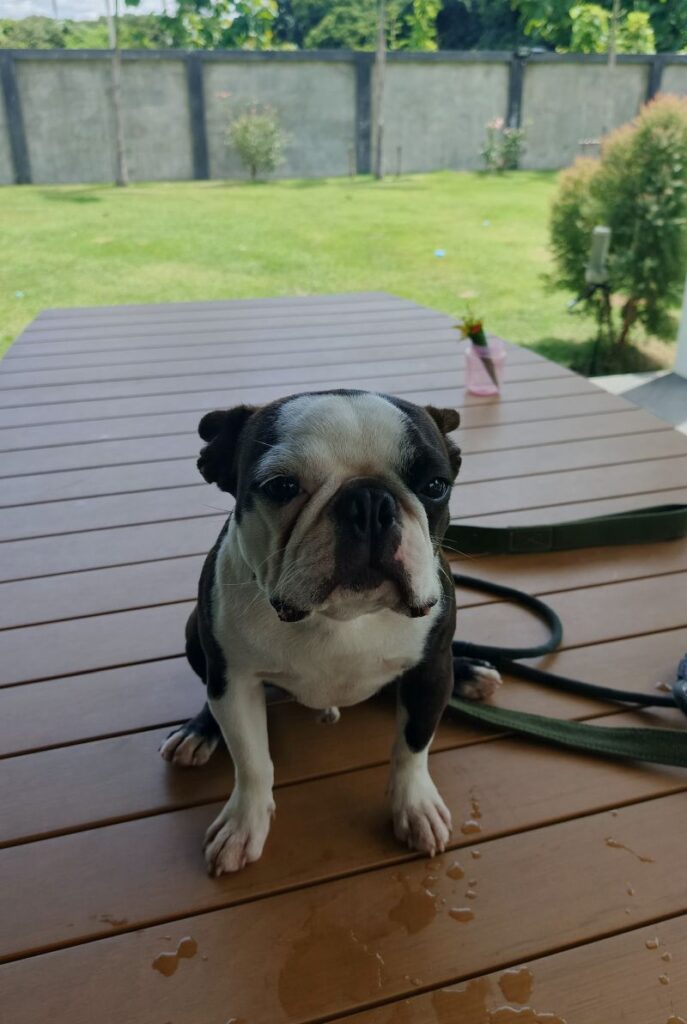
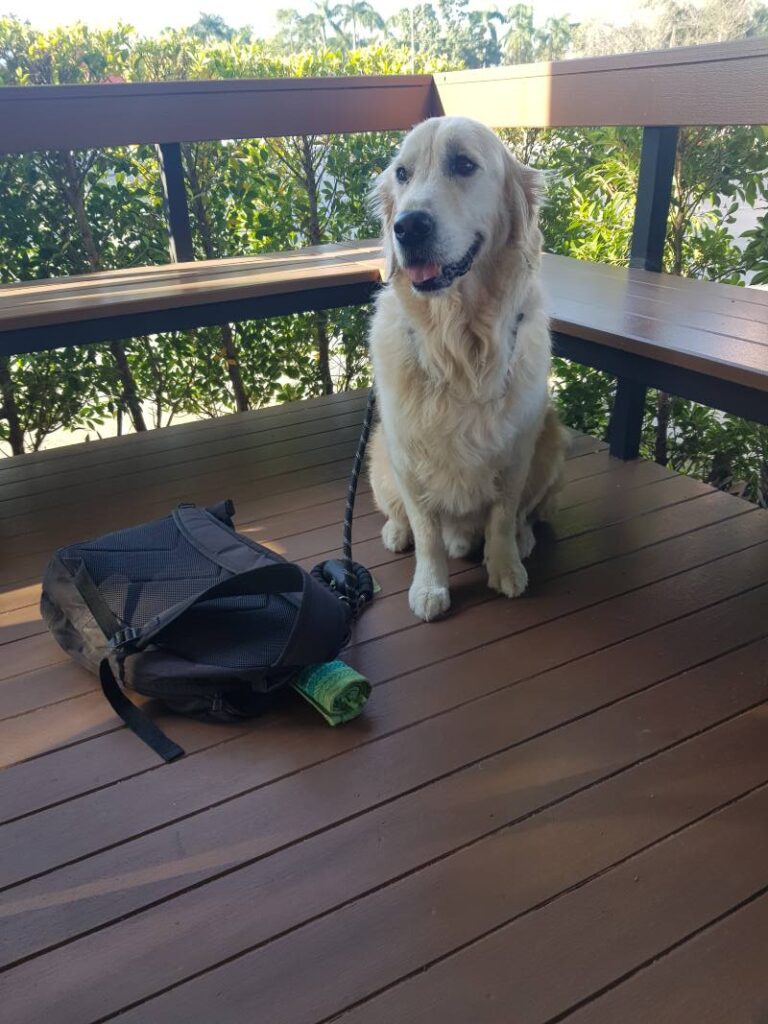
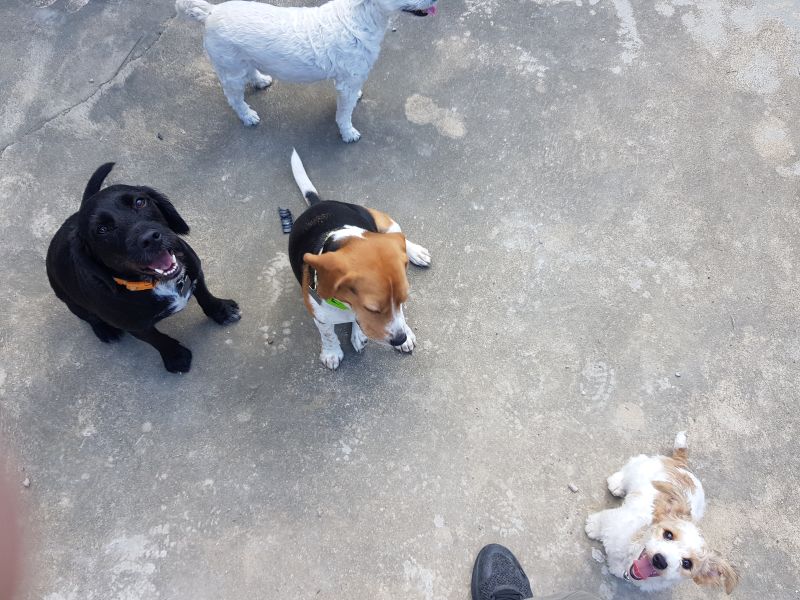
The habits you shape now last.
Every command remembered, every challenge overcome, and every positive interaction builds a resilient, balanced adult. Momentum is everything. What you do this week echoes for years.
Physical Development & Health Considerations
Staying on Top of Vaccinations and Health Check-Ups
If you’ve made it to sixteen weeks with your puppy, congratulations! 🎉 This is a big health milestone. By this age, most puppies are wrapping up their core vaccines, like distemper, parvovirus, adenovirus, and parainfluenza. Finishing these vaccines is critical because it protects your puppy from dangerous diseases as curiosity leads them to explore the world. Depending on where you live and what your vet recommends, your puppy may also need vaccines for illnesses like rabies and leptospirosis. Keeping records of shot dates and scheduling regular health check-ups helps ensure your puppy is growing and thriving. Routine check-ups allow your vet to spot any issues early, giving your puppy the best chance for a healthy start to life.
Spotting Healthy Growth
Weight Gain
A healthy puppy should show steady, consistent weight gain—not too rapid, and not too slow. Sudden changes in weight might signal an issue, so regular weigh-ins (at home or at the vet) can help you stay aware of their progress.
Coat and Teeth
Your puppy’s coat should appear shiny, smooth, and free from dry patches or bald spots. A dull coat or excessive shedding could indicate a nutrition or health problem. Around sixteen weeks, most puppies start teething. You might notice baby teeth falling out and some discomfort, but excessive drooling or refusal to eat warrants a check with your vet.
Energy and Playfulness
A puppy in good physical shape will be playful, energetic, and curious. While every pup has quiet moments, a sudden lack of interest in play or normal activities might mean something is wrong.
Why Nutrition Really Matters
At this stage, what you feed your puppy is about so much more than just filling their belly! Proper nutrition supports muscular and skeletal growth, a strong immune system, and brain development. The right diet fuels focus, learning, and even emotional regulation. Puppies lacking key nutrients can show slow growth, a dull coat, or behavioral changes, including anxiety or trouble learning new skills.
A balanced, vet-approved puppy food does more than help your pup grow tall and strong—it lays the foundation for a confident, calm, and happy companion.
Making sure your puppy is physically healthy sets the stage for positive behavior and continued social growth. With strong health foundations, your puppy is ready to keep learning and developing new skills as they mature.
Red Flags & When to Seek Help
As your puppy grows, it’s natural to have questions and even a few worries. Spotting early signs of trouble—both behaviorally and physically—lets you offer your pup the best chance for a happy, healthy future. Let’s walk through what to watch for and when to reach out for a helping hand.
Behavioral Warning Signs
By 16 weeks, puppies are often playful and eager to learn. However, not every behavior is typical or just a “puppy phase.” Keep an eye out for:
- Consistent, excessive fear or shyness—like hiding, trembling, or refusing to approach familiar people or dogs.
- Persistent aggression, including tail tucking, snarling, lunging, or snapping at people or other animals.
- Low interest in play or exploring, especially compared to their earlier behavior.
- Severe separation anxiety—howling, whining, damaging furniture, or trying to escape when left alone.
- Failure to respond to basic commands, despite regular training.
If you notice one or more of these issues, it may mean your puppy missed important socialization experiences or needs extra support to adjust. Early intervention leads to better outcomes for you both 😊.
Physical Development Concerns
Your puppy’s body should be showing steady growth and good health at this age. Signs that something might be off include:
- Sudden drop or spike in weight
- Dull or patchy coat, or skin issues
- Persistent diarrhea, vomiting, or a drop in appetite
- Slow or painful teething with swollen gums or foul breath
- Limping, lack of coordination, or consistent low energy
Make sure all core vaccinations and check-ups are up-to-date. If anything feels “off,” trust your instincts and consult your veterinarian right away. Remember, puppies grow fast and problems can escalate quickly if left unaddressed.
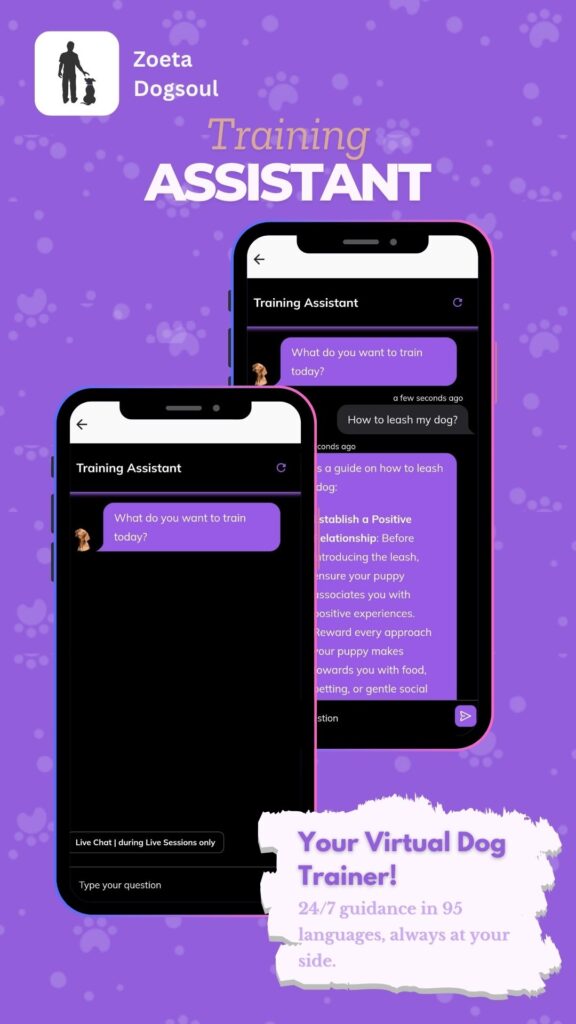
When to Seek Professional Guidance
Even the most devoted puppy parents sometimes need backup. Contact a certified trainer or animal behaviorist if:
- Training isn’t progressing, even with patience and positive reinforcement
- Your puppy shows ongoing fear, aggression, or trouble adapting to new experiences
- You’re unsure how to handle behavior challenges compassionately and effectively
Your veterinarian can rule out health issues before you focus on behavior, ensuring any advice is tailored to your puppy’s specific needs.
Paying attention, acting early, and working alongside professionals sets your puppy up for long-term success. With your support, they’ll continue to blossom into a well-mannered, confident companion—ready for everything the world has to offer!
Moving Forward: What’s Next After 16 Weeks
The Shift from Socialization to Adolescence
Congratulations—your puppy has reached the 16-week mark! This is a time of change and new challenges. The critical socialization window is closing, and your playful friend is about to enter adolescence. During this new phase, your puppy’s brain is less open to new experiences, so changes in routine or environment may seem trickier now. Still, it is completely normal for learning to require more patience and creativity as your puppy matures.
Evolving Training Approaches
As your puppy grows, training needs a little update. At this stage, memory and learning skills are much stronger, but attention spans can be unpredictable.
Consider these tips for effective training after 16 weeks:
- Keep training sessions short and fun—five to ten minutes works best.
- Introduce new commands gradually, but continue practicing the basics like “sit,” “down,” “stay,” and “come.”
- Use higher-value treats to maintain interest, especially as distractions increase.
- Start introducing mild distractions and ask your puppy for focus—this helps build impulse control for the real world.
It is natural for your puppy to test boundaries as adolescence approaches. Stay calm and consistent, even if progress feels slow. Patience pays off!
Continuing Socialization Efforts
After 16 weeks, your puppy’s brain isn’t as quick to adapt, but socialization is still important.
Focus on steady, positive exposure to:
- Different people, ages, and appearances
- Calm, well-behaved dogs in a controlled environment
- Varying sights, sounds, and places (parks, stores, car rides)
- New objects and noises at home
Go at your puppy’s pace—never force new experiences, but gently encourage curiosity. This helps minimize stress and supports confidence as your puppy navigates a bigger world.
Preparing for Upcoming Changes
You may notice a surge of independence and stubbornness as adolescence sets in. Don’t worry—this is a sign of growing up, not regression!
Guide your puppy through these changes by:
- Staying consistent with house rules and routines
- Providing plenty of physical and mental exercise
- Allowing safe exploration and play
- Seeking professional advice if problem behaviors persist
Healthy habits built now create a strong foundation for adulthood. Your care and attention this month set the stage for your puppy’s success in every new adventure ahead. 😊
Conclusion: Setting Your Puppy Up for Success
Recap of Major Milestones
Reaching sixteen weeks is a big achievement for both puppies and their caretakers 😊. By this age, your puppy likely responds to basic commands like “sit,” “down,” and “come.” Name recognition, leash walking, and crate training should be well underway. You have also helped your puppy grow into their developing temperament, adjusting training to match focus and energy levels.
Memory, learning, and impulse control have all improved. With regular social interactions, your puppy has learned gentle play and has started to build confidence around other dogs, people, and in new places. These experiences support a well-adjusted adult dog and help prevent many common behavior issues.
Understanding Each Puppy’s Unique Journey
Every puppy is unique. Some may breeze through training basics, while others need extra time. Factors like breed, early life experiences, and even tiny health concerns make a difference. It is okay if your puppy develops at their own pace. The most important thing is to stay patient and enjoy this special time together.
By understanding these differences, you set realistic expectations and can spot any potential hurdles early. Keep an eye out for changes in weight, coat, appetite, or playful behavior. Early attention to these details makes a big impact on healthy growth.
Lifelong Benefits of Careful Guidance
Positive training, proper nutrition, and strong social connections in the first sixteen weeks shape your puppy’s brain, body, and personality. The right start lays the foundation for:
- Reduced anxiety and fear in new situations
- Lower risk of aggression or reactivity
- Improved learning and adaptability to life’s changes
- A happy, healthy relationship with you and your family
The investment you make now pays off for years to come. Puppies nurtured with love, patience, and consistency are more likely to become well-mannered, fit, and confident adult dogs.
Keep celebrating every little win and remember, these early weeks are full of growth and discovery. Your dedication helps ensure your puppy’s future is bright and joyful.

